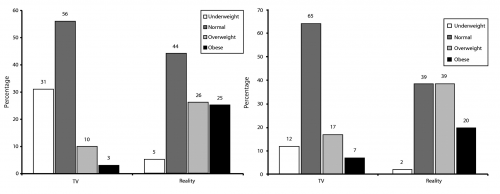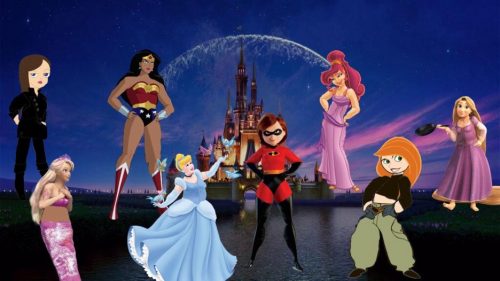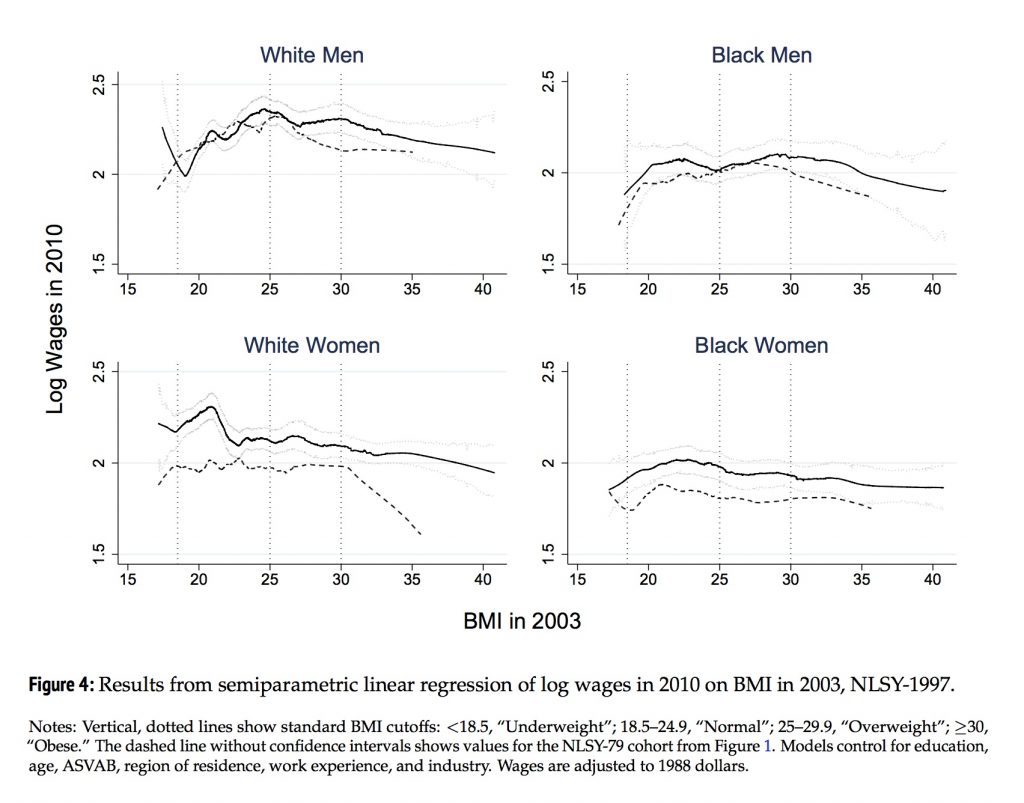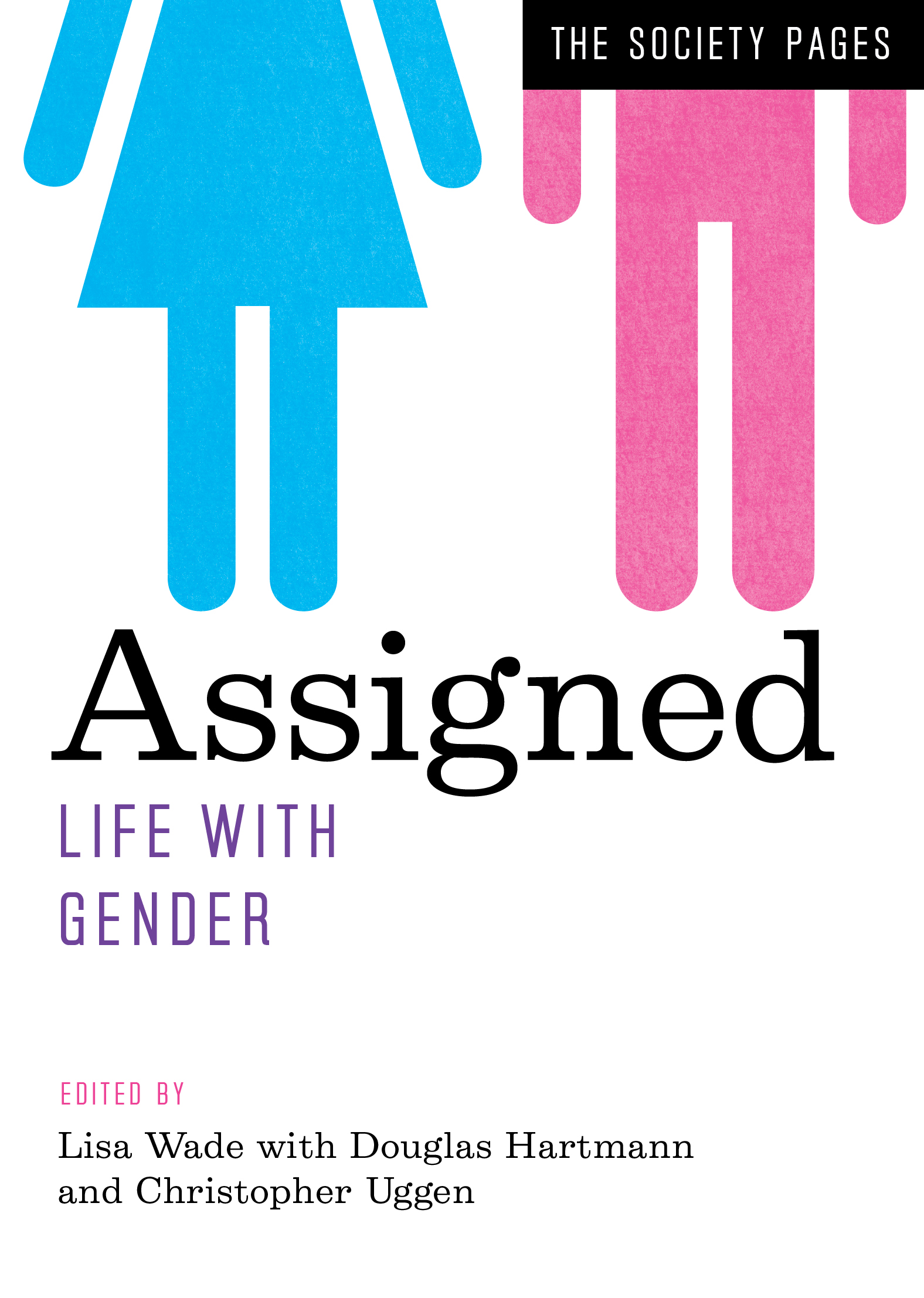Television distorts, mocks and marginalizes fat people. Fat characters are reduced to caricatures whose stories and identities aren’t developed and don’t matter. In one study by Tzoutzou et al., all 36 compliments about appearance given to women were for thin women. Not one positive message was included for a woman of an average or overweight body type. For men, the same pattern was found: only one overweight character received a positive message.
These TV shows tell the audience that external beauty only resides in thinness and excludes anyone who deviates from this definition of beauty. Viewers can internalize this thin ideal, which in turn can make it difficult for the audience to feel good about themselves, especially if their body doesn’t fit this body standard. Seeing the treatment of fat people on TV can affect how viewers think about their own bodies, especially if their body type doesn’t fit the thin ideal.
Bigger Bodies, Smaller Roles
Not only is the representation of fat people overwhelmingly negative, but fat bodies are underrepresented on TV shows.

Comparison of male body types: television vs reality 1999-2000 (right)
(Brownell et al. 2003)
This pattern of dehumanizing fat people continues when they don’t get the chance to develop their characters. They are often represented as a comedy sidekick or as villains.
In comedy, we often don’t laugh with fat women, but at them. Overweight women are about twice as likely to be the reason for a joke than thinner women. They also have smaller roles, less romantic relationships, and are in “fewer positive interactions than thin characters”.
Media often represents fat characters as villains as well. One study by Himes and Thompson “found that obesity was equated with negative traits (evil, unattractive, unfriendly, cruel) in 64% of the most popular children’s videos”. Examples of this can be seen in famous children’s movies with characters such as Ursula from The Little Mermaid or The Queen of Heartsfrom Alice In Wonderland. These villains help to draw the connecting line between fat and negative qualities Fat characters become less human than other characters who have full stories built around them. Makers of TV don’t just ignore fatness, they demonize it.
Effects on the Audience
The negative portrayal of fat people in TV shows can lead audiences to internalize negative portrayals of being overweight. This internalization can happen quickly: a study by Fouts and Burggraf found that only 30 minutes of watching TV can affect how a young woman views her body which can result in various external struggles.
In the study by Tzoutzou et al., girls agreed that the media influenced their desire to be thin and fit the beauty standard. This can cause frequent dieting because many eating problems are due to unrealistic body standards, an image that mass media often transmits.
Not only can these misrepresentations of fat people lead to low self-esteem, but it can lead viewers to believe that they will be treated in the sexist ways that they see on TV if they don’t fit the body norm to avoid this.
All of these aspects have the potential to make a female viewer feel worse about themselves through their appearance and perceived reactions from other people rooted in fictional and distorted depictions on TV.
TV Should be Fun for Everyone
TV is a space that is meant to be enjoyed. But viewers can’t sit back and relax with TV if they feel like their body is being judged by the shows that they put on. All bodies should feel like they have a space within TV shows. All bodies deserve to be seen by a wide audience.
Tori Lieberman is a rising Sophomore at Hamilton college planning on studying Creative Writing and Sociology. You can find examples of her journalism here.




 Many hope that
Many hope that 









